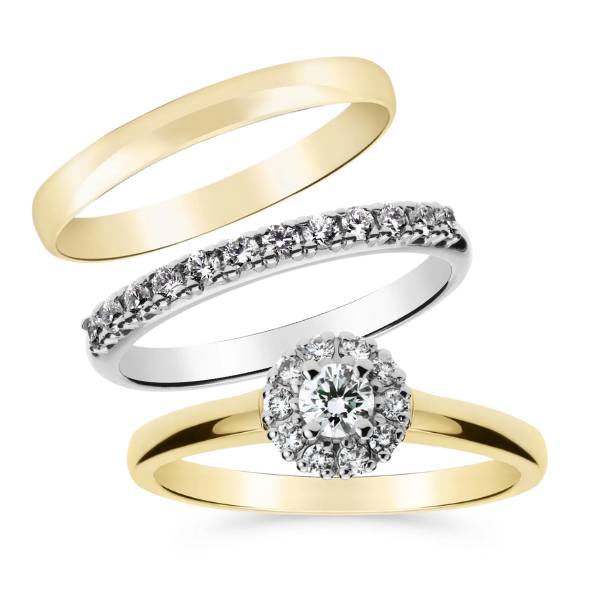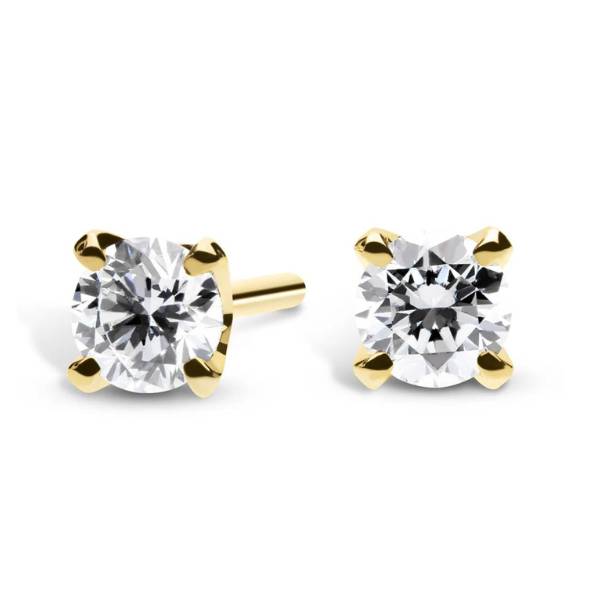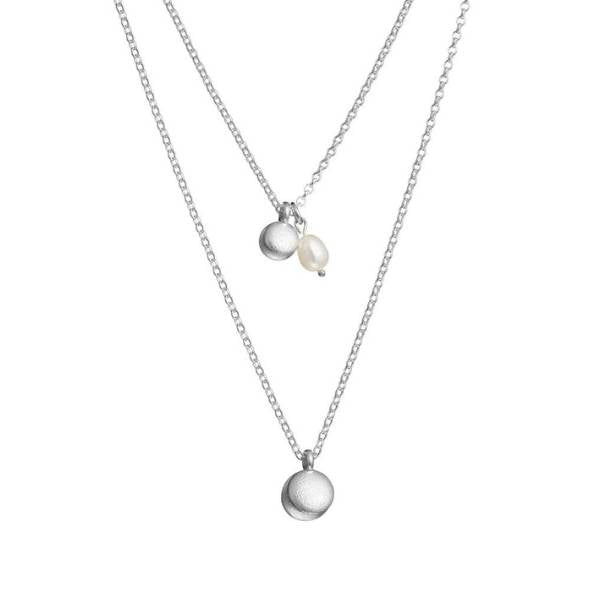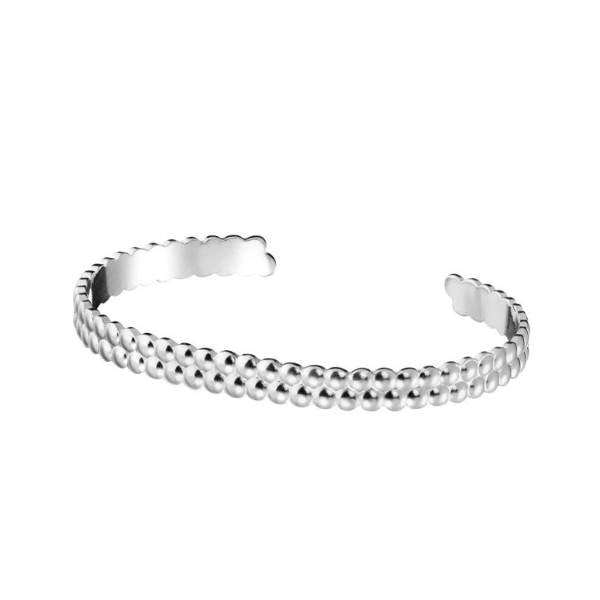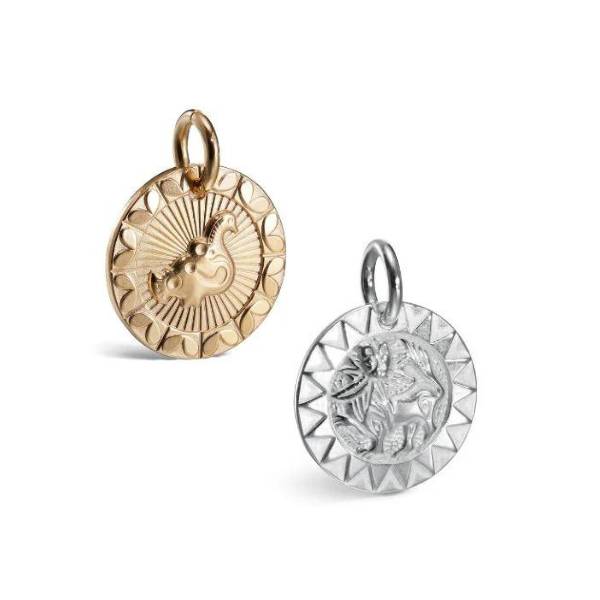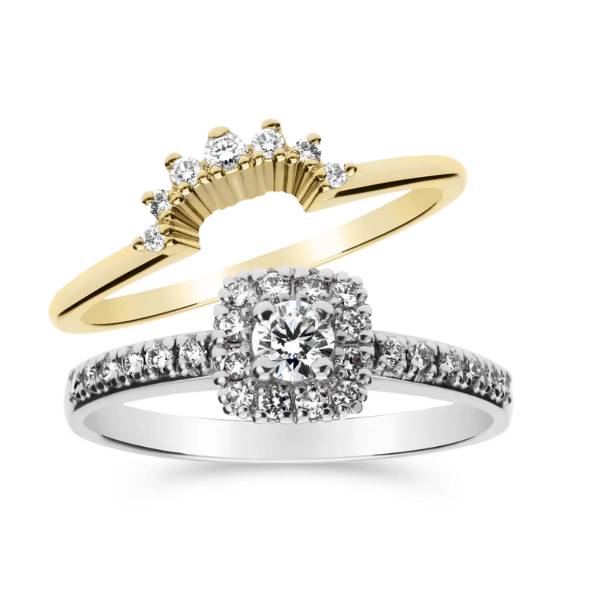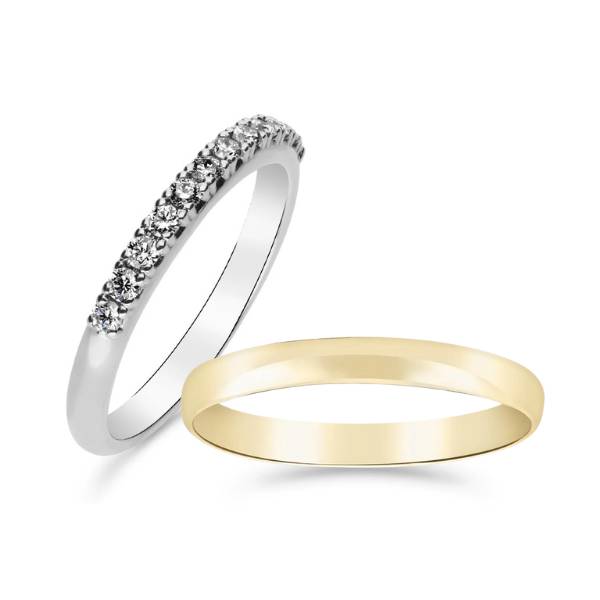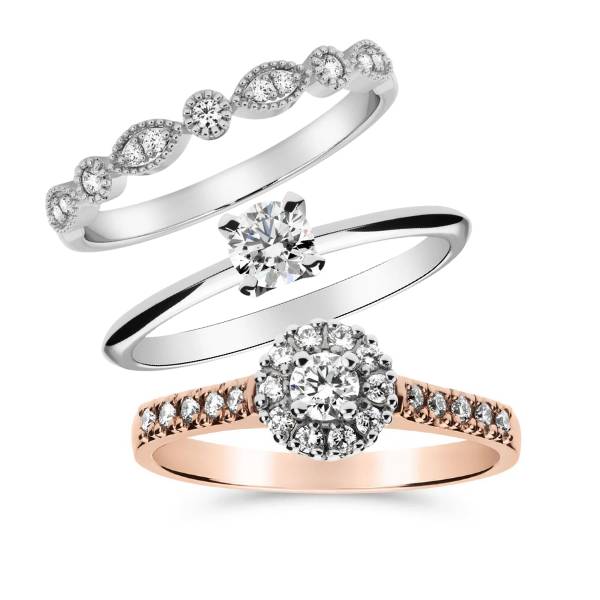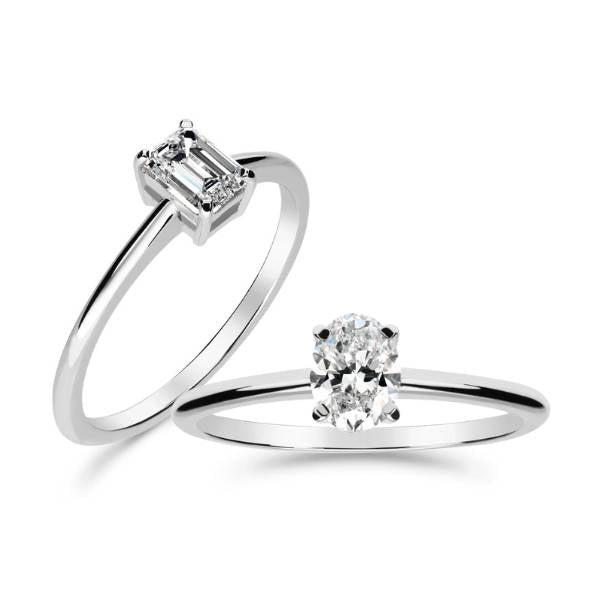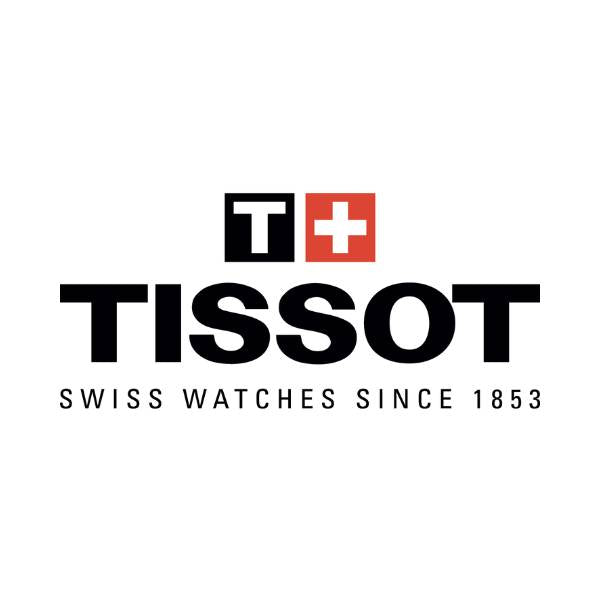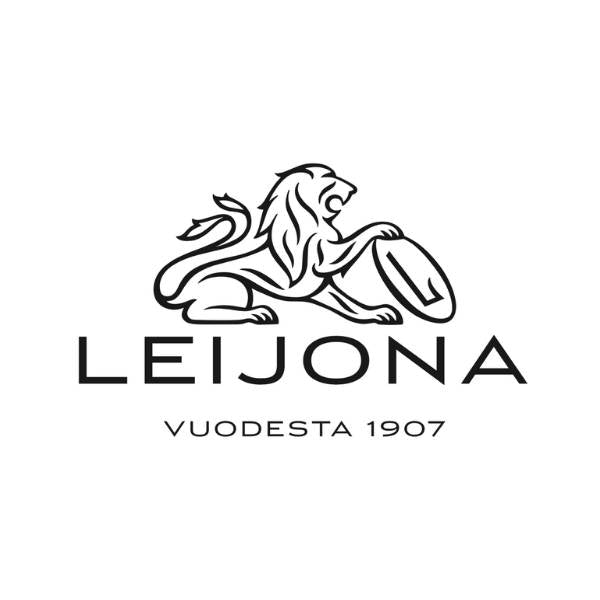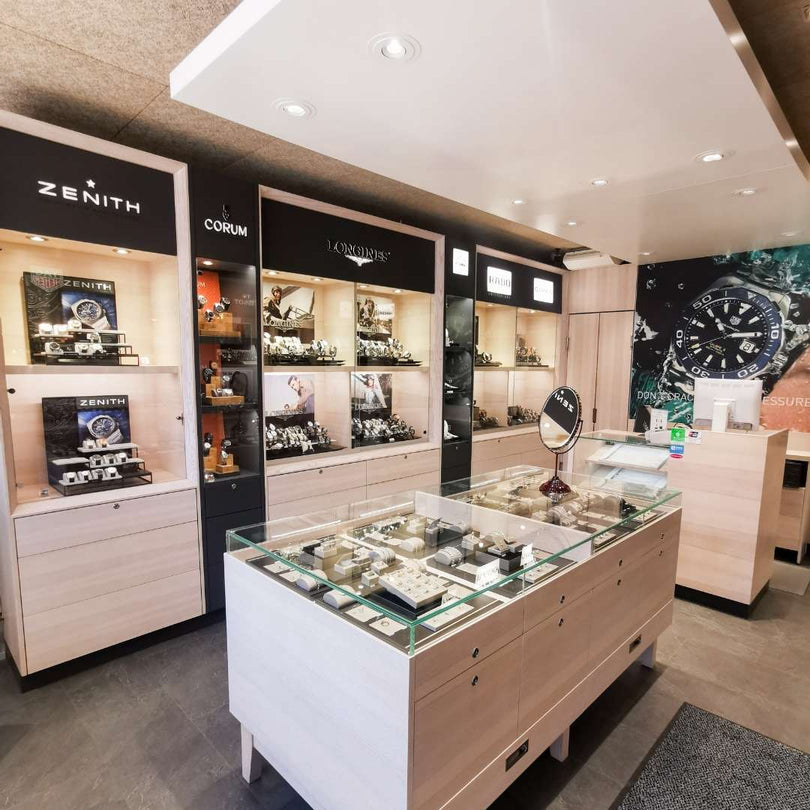Comprehensive information on diamonds and advice for diamond jewellery buyers
Would you like to know more about diamonds and what to consider when buying diamond jewellery? In this article, we go through a comprehensive information on diamonds to give you a clear idea of all the things that contribute to a diamond's brilliance and beauty, and learn more about the properties of diamonds.
Check out our Silván Diamond Jewelry collection
General Information About Diamonds
Diamond is carbon in composition, crystallised into diamond deep in the Earth's mantle. These rough diamonds have been transported up from their origins to the Earth's crust by the gas eruptions of volcanoes. Diamonds have developed much deeper than other gemstones, under conditions (pressure, temperature, carbon availability and anoxic conditions) that have allowed the diamond's unique properties to develop. Everyone will have heard of diamonds' superior hardness, due to the strong bonds between carbon atoms. The polished surface of a diamond is very shiny and is known as diamond mica, this can be seen by looking at the lightning reflected from the surface of the stone. The light transmission properties of diamonds are excellent and the cutting process brings out the brilliance, fire and brilliance of the diamond.
Diamond Cut and Shapes
Diamond Cut into round brilliants are the most common and popular, but other cuts also exist and are gaining popularity. Brilliant cut diamonds are available in oval, drop or heart shapes.
Cushion-shaped cuts are similar to the old diamond cuts. Small baguette diamonds are suitable for row rings or side stones, and emerald cuts are an elegant choice for centre stones. These cuts use stepped, large bevels and have an understated appearance. The square or rectangular cut of the Princess is similar to a brilliant cut, giving the stone more sparkle than a baguette cut. These other forms of cut are described as Fancy-cut.
Whatever shape of diamond you choose for your jewellery is primarily a matter of taste, with your personal preferences and style influencing your choice - that something that catches the eye the most.
The weight and cut of the diamond are the biggest factors influencing the appearance of a diamond, as they have the greatest impact on the stone's appearance. A well-cut diamond brings out the brilliance and beauty of the stone to its best advantage. These are the things that buyers should pay attention to, especially when buying slightly larger stones.

Diamond Grading - The Grading System
A grading system has been developed to verify the quality of a diamond in order to make it easier to compare its value. The value of a diamond is determined by the combined effect of four factors, known as the 4Cs:
- weight (carat weight)
- colour
- clarity
- grinding (cut)
All of these factors combine to affect the appearance and value of a diamond. However, each diamond is its own unique individual. Personal preference is also always a factor when buying a diamond, so it is worth looking at the diamond as a whole and asking yourself, "Do I like the way it looks?". In this situation, the cut and colour of the diamond is of particular importance.
There are several grading systems, in Finland the Nordic diamond nomenclature (Scan.D.N) has traditionally been used, but nowadays the use of the GIA grading system has become much more common. There are slight variations between them. In Silván Jewelry, we use GIA Certificated diamonds.
At Laatukoru you can find the diamond that is just right for you, and we will be happy to help you choose. We use conflict-free natural diamonds and also lab grown diamonds in our Silván Jewelry.
In the following, we will look at the main points of diamond classification, the so-called 4Cs.
Diamond Weight (Carat Weight)
The weight of diamonds and other precious stones is expressed in carats (carat weight = ct). One carat weighs 0.2 grams. The most common weight for diamond jewellery is the total carat weight of the stones, which is the total weight of all the diamonds combined in the jewellery. If a piece of jewellery contains larger diamonds and additional pave diamonds, the weight of the larger stones is given separately. In the case of diamond earrings, the weight of the stones in both earrings is given as a sum.
A single larger diamond is worth more than smaller diamonds of the same total weight, even all other quality factors are equal. This is due to rarity, as the larger the individual diamond, the rarer it is. Furthermore, when the weight exceeds the popular balances, for example 0.50ct or 1.00ct, the carat price of the diamond is higher compared to stones weighing only slightly less than 0.45ct or 0.95ct. This is simply because even carats have been the more desirable size on the market.
The figure below shows the relationship between indicative diameter and increasing carat weight for brilliant-cut round diamonds (the diamonds in the picture are for illustration purposes, not for scale).

The cut of the diamond may affect the size the stone appears to the viewer. The diamond may have been cut shallower or deeper at the top and/or bottom. This has the effect of increasing (shallow stone) or decreasing (deeper stone, thicker edge) the diameter of the stone. However, such a stone may be very disproportionate and have a negative impact on the brilliance and fire, which we explain more about below in the section on "diamond cutting".
To clarify, the carat is also used to indicate the gold content, but this refers to the amount of fine gold in a piece of jewellery, such as 14K (585 parts per thousand of fine gold representing 58,5% of fine gold) or 18K (750 parts per thousand of fine gold representing of 75% of fine gold).
Diamond Colour (Colour)
Most of the world's gem-quality diamonds are yellowish and brownish in colour. Only a small proportion of diamonds are colourless or almost colourless. Diamonds are therefore classified according to their colourlessness. The more colourless a diamond is, the rarer the stone. Since these degrees of colourlessness are negligible, diamonds are graded as loose stones, in a colourless environment, under the light of a daylight lamp and using reference stones.
The colour grading scales most commonly used in Finland are the GIA (Gemological Institute of America) and PTN (Nordic Diamond Nomenclature). The scale created by the GIA has established itself as the international leader. It is denoted by letters from D to Z, where D is the rarest colourless and Z is the yellowest. All yellow shades above the Z grade are coloured diamonds, known as fancy colour, and are graded in their own way.
Alternatively, the Nordic Diamond Nomenclature is widely used in Finland, which uses the historical terms River, Top Wesselton, Wesselton, Top Cape, Cape, Top Chrystal, Chrystal, etc. for colour classification. The more colorless the diamond, the rarer and more valuable it is (excluding Fancy color natural color diamonds, which can be very valuable).
Laatukoru's Silván Jewelry diamonds are either G / H (= almost colourless) or Top Wesselton / Wesselton (= colourless).. All other colours can be ordered according to your wishes.
Below you will find a colour scale and a description of the different colours.
- D / River. The highest colour rating of all - completely colourless, the rarest and the most valuable.
- E / River: Rarest, colourless.
- F / Top Wesselton: Rare, colourless.
- G / Top Wesselton: Rare, almost colourless.
- H / Wesselton: Almost colourless.
- I / Top Crystal: Slightly nuanced.
- J / Crystal: Slightly nuanced.

Coloured diamonds
Diamonds are also naturally found in colours such as yellow, brown, green, blue, black and red. The classification of coloured diamonds differs from that of D-Z diamonds, and in addition to colour, other factors such as intensity and purity of colour are assessed. Coloured diamonds can also be special ordered from our workshop.
Diamond Clarity
The clarity grade of a diamond defines the number, location and size of internal and external inclusions and markings in the stone. The so-called impurities inside a diamond are called inclusions. Inclusions can be, for example, mineral crystals or structural imperfections such as small cracks. The number, size, colour, location, orientation and visibility of inclusions all affect the final clarity grade of the diamond. A 10x magnification, a magnifying glass and a microscope are used to assess the clarity grade of a diamond.
Purity grading
FL (Flawless). No inclusions or external marks are detected by the expert at 10x magnification.
IF (Internally Flawless): Clean. No internal inclusions are observed in the stone, but very few external abrasive marks or flaws are observed.
VVS1 and VVS2 (Very Very Slightly Included): Only very slight inclusions., which can be detected by a specialist with careful examination at 10x magnification. Classified in two categories for larger stones, for smaller stones only VVS is used.
VS1 and VS2 (Very Slightly Included). The stone contains small inclusions that are quite difficult to detect at 10x magnification. For smaller stones, only the VS category is used.
SI1 and SI2 (Slightly Included): The stone contains inclusions that are fairly easy to detect at 10x magnification. For smaller stones, only the SI category is used.
Included (I) / Piqué P)): Inclusions
- I/P1: The stone contains inclusions that can be easily seen with the naked eye and at 10x magnification. This does not yet greatly detract from the brilliance of the stone.
- I/P2: The stone has inclusions which are easily visible to the naked eye and which detract from the brilliance of the stone.
- I/P3: The stone has inclusions that are clearly visible to the naked eye and which greatly affect the brilliance and also the durability of the stone.
Diamond Shape and Cutting (Cut)
By far the most popular diamond cut is the round brilliant cut. This popularity is due to the fact that this cut allows the diamond to be cut to proportions that best show off the beauty of the diamond. The proportions of a brilliant cut diamond include the depth of the lower part of the stone, the height of the upper part and the size of the table reference in relation to the diameter of the stone. The better the proportions of the stone, the greater the amount of light reflected and refracted by the stone, and ultimately emerging from the stone towards the viewer.
When evaluating the cut of a diamond, the proportions, symmetry and quality of the cut of the stone are considered. When a diamond is well cut, its ability to reflect and refract light is greatly enhanced. A well-cut diamond also appears larger than a poorly cut diamond of the same carat weight.

The following expressions are used to describe the reflection phenomena of a diamond:
- Brilliance, a bright, pale light that is reflected back up through the bevels at the bottom of the diamond and out of the top of the diamond towards the viewer.
- Fire (fire), occurs when white light, when refracted through the bevels at the top, breaks into a rainbow of colours and this is seen as flashes of light of different colours.
- Scintillation, a flicker of light when a stone is moved.
Different periods have emphasised different characteristics of diamond cutting. For example, old diamonds had a high top, so that a strong fire and less brilliance can be observed in the diamond (the so-called old cut). Modern diamond cutting favours a balance between these characteristics, so that the stone shows enough of both brilliance and fire.
Grades of cut
The quality of the cut is determined by how well the symmetry, proportions and cut quality are achieved in the stone. When a diamond is well cut, most of the light that strikes it is reflected back through the top of the diamond so that there is a balance between glow and fire. In a poorly cut diamond, light is allowed to escape through the bevels at the bottom of the diamond and out of the stone, resulting in a slightly darker and less brilliant diamond.
The GIA - one of the most respected diamond grading laboratories in the industry - uses the following grading system to determine the quality of the cut:
- Excellent
- Very Good
- Good
- Fair
- Poor
Cut quality grades are only defined for larger diamonds. For diamonds weighing around 0.30ct and above, reports from various gemological laboratories can be found on the market with grading of the cut. For stones smaller than this, there are practically no separate reports.
We can guarantee a brilliance on both small and large stones in our own Silván Jewelry.

